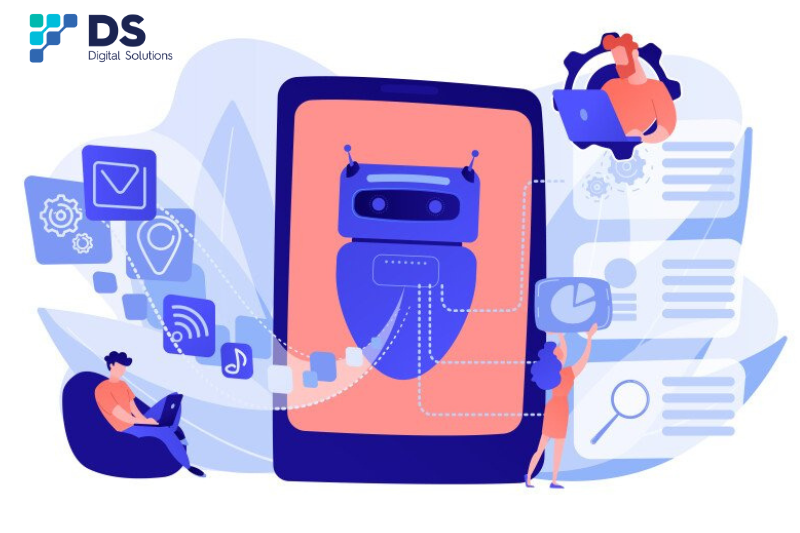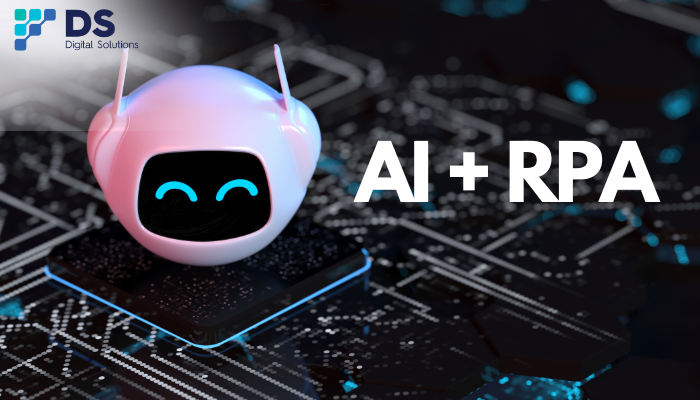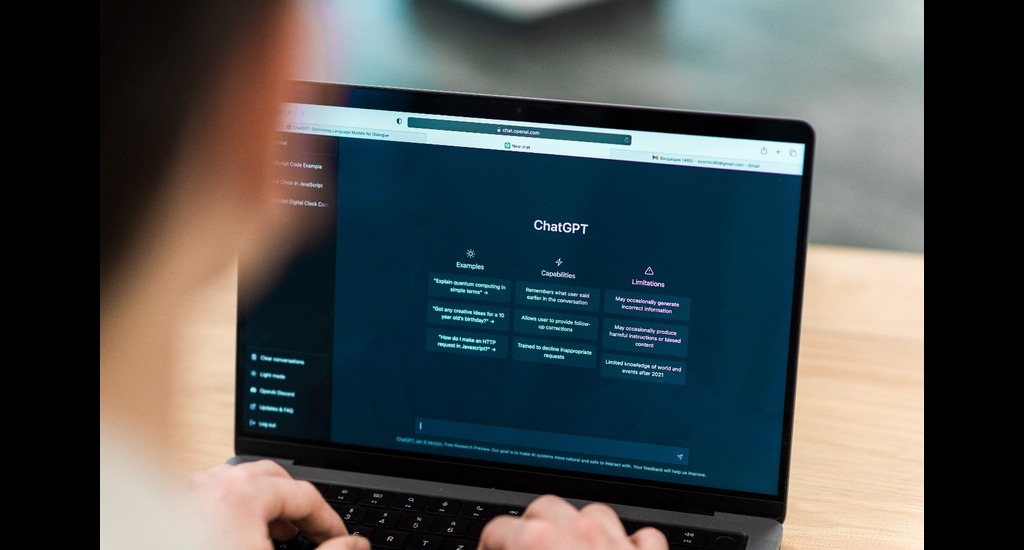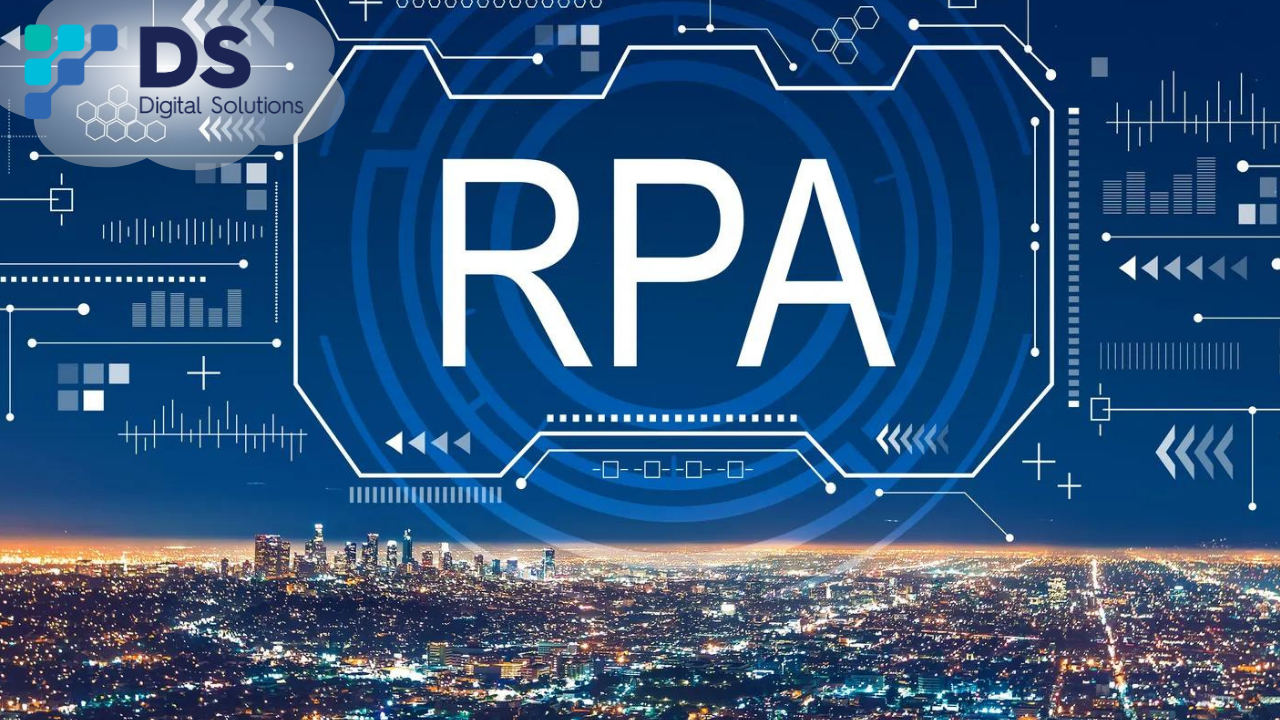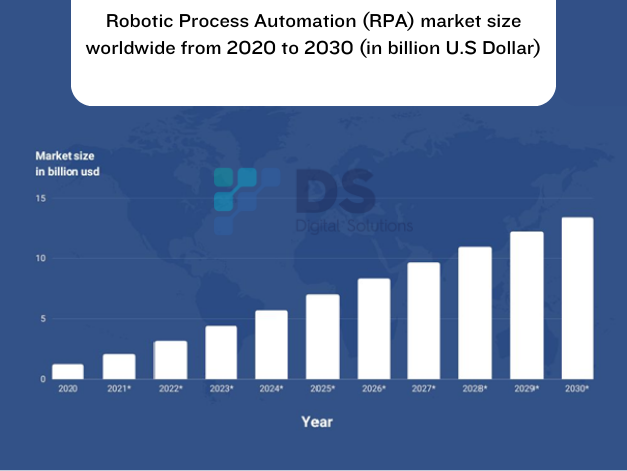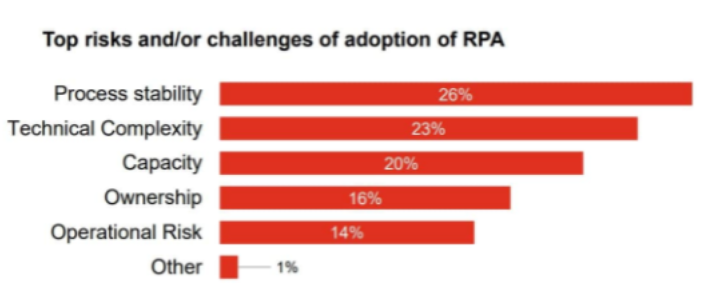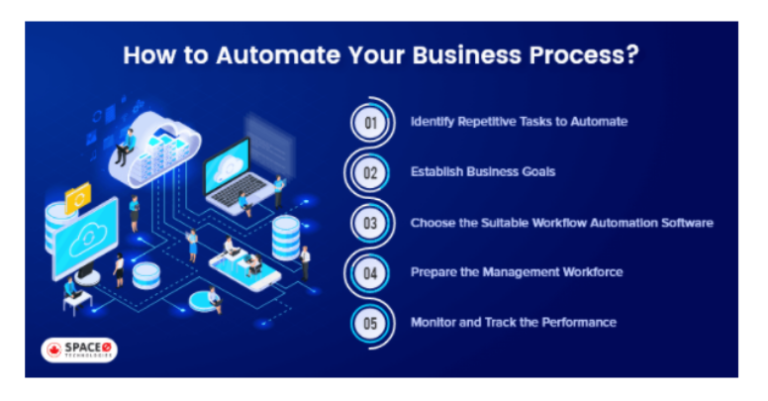The popularity of RPA technology has been growing over the years. But it is still unknown to many companies what its features, framework, deployment models and various other things. Yes! Implementing RPA for your organization can help in significant development of your company. But it also requires choosing the right RPA tool.
There are a wide variety of RPA tool providers available right now and choosing the right one from them can be a hassle. For information on What is RPA and how it can help your company’s success click on this link.
In this article, we will discuss some key factors that you should consider when choosing an RPA tool for your organization.

Key factors to Consider when choosing the RPA tool
Ease of use – Choose the RPA tool which is user-friendly and easy to use. It should require minimal training and fewer coding skills. a tool with a drag-and-drop interface will be useful since it can be used by non-technical staff.
Scaling – One question to ask yourself when selecting an RPA tool is can we start small and if it works well, would it be possible to scale up cost-effectively? Scalability refers to the ability of the RPA tool to handle increasing amounts of work as your business needs grow over time. The best RPA tool should be cost-effective and easy to scale
Security – Considering security features like third-party integration, the robustness of security architecture, compliance, data encryption, authentication and access control when selecting an RPA tool, you can ensure that the tool provides the necessary level of security to protect your organization’s data and assets. Increased security also helps in developing trust between the organization and customers.
Pricing and Support option – RPA tools may be priced on a per-license, subscription, pay-per-use or custom pricing basis, with enterprise licensing options available for some tools. It is important to select an RPA tool that provides the right balance of features, functionality, and pricing to meet your organization’s needs. Also, ensure that the tool comes with adequate support options such as training, documentation, and customer support.
Evaluating the vendor reputation – A vendor with a good reputation can help ensure your automation initiative is successful and delivers the desired benefits to your organization. A vendor with a proven track record of success, good customer support and market presence, and solid financial foundation are some key things to look for in a vendor.
Speed – By selecting an RPA tool with good speed, organizations can achieve significant improvements in efficiency, productivity, and overall business performance.
Overall, selecting an RPA tool based on your business requirements requires careful consideration of a range of factors, including processes, security, scalability, vendor reputation, ease of use, speed, pricing, and support. Selecting the right RPA tool can help you achieve significant improvements in business performance, efficiency, and customer satisfaction.

